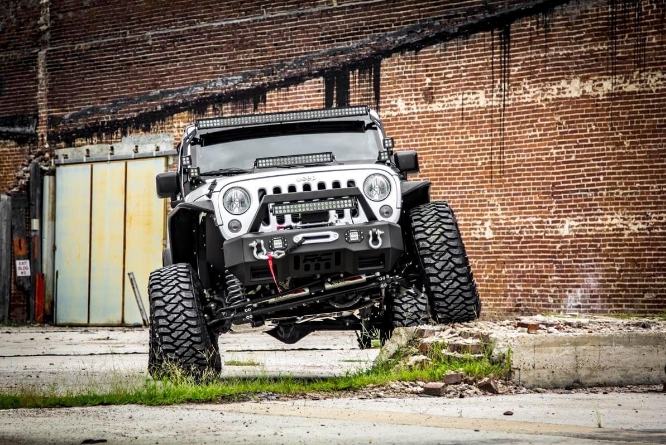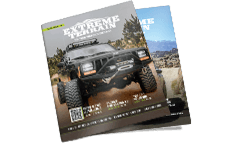


Jeep Wrangler Shock Guide: Best Shocks By Brand and Jeep Model
Jeep Wrangler Shock Guide: Best Shocks By Brand & Jeep Model
Whether on or off the road, your Jeep’s suspension system makes a huge difference in its safety, handling and performance. While every component in that system is key, its shocks play a large role in maintaining stability while it’s in motion. The sheer number of options can feel overwhelming, so how can you select the best Jeep shocks? This short guide explains what you need to know before you go shopping.
Best Shock for Jeep Wrangler
Your vehicle’s specific model and year will determine what shocks are available. And if you’ve installed a lift kit, you’ll need shocks to accommodate that lift. With that said, let’s look at some popular options for the Jeep Wrangler:
- Bilstein 5100 Series Monotube Shocks
- Omix Gas Shock Absorbers
- Rough Country N3 Shocks
- Teraflex Fox Racing Shocks
- Teraflex Nitro Shock Kits
You’ll note that some of these are designed to fit lifted Jeeps, so pay attention to any specs that point to lift height. Gas-charged shocks, especially those with nitrogen, offer improved performance. The gas compresses air bubbles in their hydraulic fluid to prevent oil and air from mixing, preserving the shock’s efficiency and dependability.
How Long Do Shocks Last?
How and where you drive impacts the useful lifespans of your shocks. If you do a lot of towing, driving on unpaved roads or exploring rough terrain, they’ll wear out more quickly – usually at around the 40,000-mile mark. By comparison, shocks typically last around 75,000 with normal driving patterns.
Do New Shocks Make Your Ride Smoother?
Shocks help deliver a smooth ride by dampening – that is, stabilizing your vehicle as you move forward, turn, brake or perform other maneuvers. They handle movement’s kinetic energies by converting them to thermal energy and dispersing it. Worn shocks don’t perform this job very well, so you’ll notice excess bouncing plus front-end diving and rear-end squatting. Your Jeep may lean more into turns when you corner, indicating a potential risk of body rolling.
How To Replace Shocks
If you’re comfortable with DIY upgrades, you can install your new shocks. Start with your Wrangler parked on level ground and raised up, secured by jack stands and with any wheels on the ground blocked. Once that’s done, you can follow a few steps to replace the shocks:
- Loosen the lower shock retaining nut, but don’t take off the bolt yet.
- Find the shock’s mounting hardware at the top and carefully remove any nuts and bolts.
- Take out the old shock, then install the new one by putting in the lower bolt first.
- Install the top mounting hardware.
- Hand tighten all bolts to proper specifications.
Depending on your vehicle’s model and setup, you may need to cut a shock compression strap. You can accomplish this with a utility knife. Check your vehicle’s manual for details on shock specs and replacement. Finally, don’t forget to replace your shocks in pairs. Whether you need help choosing your shocks or a few pointers on correct replacement, count on XT. We have a large inventory of off-roading plus Jeep experts to answer your questions.

